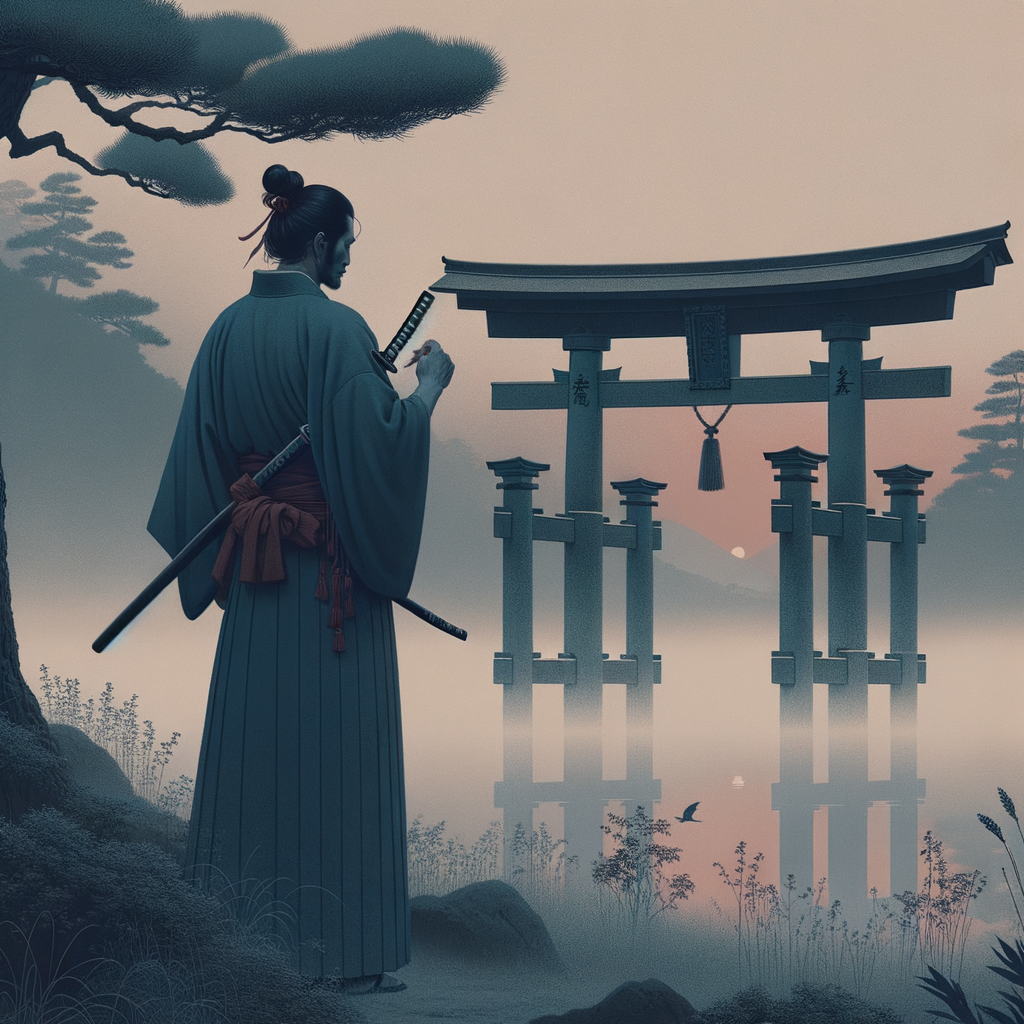
What Is Considered the First Anime?
What Is Considered the First Anime?
When you think of anime, you might picture vivid worlds, unique characters, and compelling stories. But have you ever wondered where it all began? The world of anime is like a vast ocean, filled with creative brilliance that dates back over a century. Let's dive into its intriguing origins and explore the masterpieces that shaped this beloved art form.
The Dawn of Anime: Unveiling 'Namakura Gatana'
To find anime's roots, we must travel back to 1917. In the bustling city of Tokyo, a silent short film called Namakura Gatana (The Dull Sword) made its debut. It's often celebrated as one of Japan's first forays into animated storytelling. Imagine a hapless samurai who buys a dull sword and ends up in a series of comedic misadventures. Even in its early days, anime wove humor with slice-of-life elements, creating a distinctly Japanese narrative.
The Dull Sword offers a glimpse into the early craftsmanship of Japanese animation. Despite its simplicity, the film laid the groundwork for an art form that would grow, evolve, and capture the hearts of millions around the world.
Meet 'Astro Boy': The Birth of Modern Anime
Fast forward to 1963, when animation would undergo a transformation with the arrival of Astro Boy (Tetsuwan Atomu). Created by Osamu Tezuka, this show marked the start of modern anime. Picture a world where robots live alongside humans and a young robot boy embarks on thrilling adventures filled with moral lessons. The premise is timeless, isn't it?
So, what made Astro Boy a landmark? It introduced key stylistic and narrative elements that define the genre today—like the characteristic large-eyed style, dynamic action scenes, and deep emotional arcs. Beyond just entertainment, Astro Boy became a beacon that inspired countless creators and animators who followed.
The Evolutionary Leap with 'Akira'
Now, let's talk about how anime leaped onto the international stage. While not the first anime, Akira is crucial for understanding anime's global rise. Released in 1988, this groundbreaking film set in a dystopian Tokyo changed perceptions of what animation could be. Its intense storytelling and stunning visuals opened up Western markets to anime.
If you've ever felt goosebumps while watching a scene unfold, you know why Akira resonated with global audiences. It was a cinematic ride that left viewers questioning reality, proving that anime can entertain but also provoke thought and challenge social norms.
Anime's Cultural Resonance
Anime is like a tapestry of rich narratives, where each thread adds to a greater picture. The journey from Namakura Gatana to Astro Boy and Akira shows how anime blends traditional and innovative artistry, reflecting societal changes and philosophical ideas along the way. It's no wonder that anime keeps captivating audiences, bridging cultures while celebrating individuality.

Imagine the vast array of genres anime covers today—whether you're enchanted by fantasy worlds or drawn to slice-of-life stories, anime offers a vibrant spectrum of creativity. And for those passionate about expressing their love for anime, here's something special: an Anime Girl with Rose Enamel Pin – Elegant Black Dress Design. It's a subtle nod to anime's elegance and intricacies, perfect for any enthusiast looking to make a stylish statement.
Why Anime Matters
Why does anime hold such a special place in people's hearts? This captivating form of storytelling champions diversity and imagination, inviting us into worlds that are both familiar and fantastically foreign. It resonates with a variety of audiences, each finding meaning in the characters and stories that transcend time and space.
For anime lovers, every series or film is a new world to explore—a canvas where animation and emotion blend seamlessly. While anime began with flickering black-and-white frames, it has grown into a global phenomenon, still expanding its horizons and capturing viewers' hearts around the world.
So, next time you find yourself lost in the vivid colors of an anime scene or laughing at a quirky character's antics, take a moment to remember where it all began—from the samurai with a dull sword to the trailblazing boy with rocket boots, and beyond. Anime is not just a genre; it's a vibrant legacy, a journey of imagination that continues to inspire and unite fans across the globe.
What was the first anime ever made?
The first anime is often considered to be 'Namakura Gatana', a silent short film from 1917 Japan portraying a comedic samurai misadventure.
Why is 'Astro Boy' significant in anime history?
'Astro Boy', created in 1963, marked the start of modern anime, introducing key stylistic elements and inspiring future generations of creators.
How did 'Akira' impact the global perception of anime?
'Akira', released in 1988, was a visual and narrative milestone that brought anime into Western markets and highlighted its potential for deep storytelling and cultural commentary.

